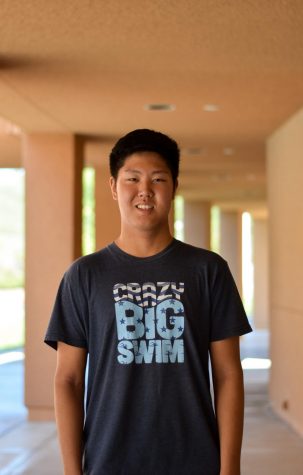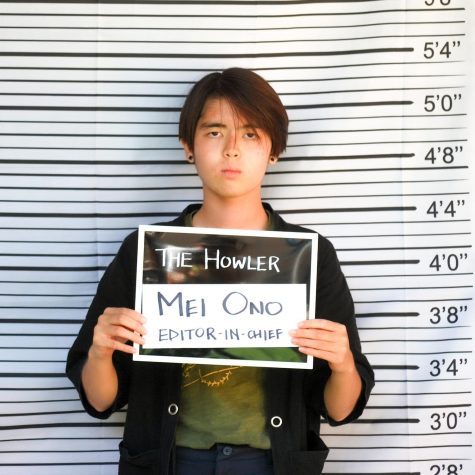See behind the screens
December 16, 2019
Northwood is known for its large variety of VAPA programs, but one of the most underrated classes is Screenprinting. Aside from the free T-shirts we love to collect during the annual Fine Arts Night, the details of this class is a mystery to many.
Screenprinting has three classes in periods 2, 4 and 6 and is taught by Rob Stuart, the head baseball coach and ceramics teacher at Northwood.
“It meets a need at the school for hands-on students who learn a technical side of art,” Stuart said.
There is much more behind the screenprinting process besides the ink-then-dry process that we see on Fine Arts Night. It starts with finding a print or creating your own design on Photoshop or Adobe Illustrator. The design is then separated into different parts according to their colors, and each part is printed on its own transparent sheet. These sheets are taped onto a screen, which is exposed to light using a machine to allow the ink to pass through. Afterwards, the transparent sheets are removed and the screen is wet with water. A part of the screen known as the emulsion that was not exposed to the light is dried, completing the first part of the process.
Once the emulsion is dried, the finished screen is placed on the printing press and prepared for printing. Students test their prints on spare fabrics called peltons before using water-based or oil-based colors for their final print. Finally, the shirt is finished after being sent through the drier to settle the ink, and you can walk outside knowing that you’re wearing something one-of-a-kind.
“Screen printing is unique because you get out every amount of effort you put in,” sophomore Abigail Sepulveda said. “There’s a very special joy in finishing a print and realizing you just turned an idea into a reality.”
The students in screenprinting are also learning an additional set of business knowledge and life skills. They are encouraged to enter the professional aspect of the craft, which allows them to sell their ideas. Students accomodate for errors, share ideas and cooperate together for the good of the product through discussion of marketing and profit gain. The more modern side of screenprinting sets it apart from other forms of art offered at the school.
“There’s a lot of problem solving and quality control,” Stuart said, “and in that sense, screenprinting is a lot more real-world than many other classes.”
Screenprinting is a great place to start. It isn’t too late to sign up next semester, so don’t miss your chance to be able to wear your own selfdesigned shirts to school, explore the digital world of art, and even experience the making of a professional business!



![AAAAAND ANOTHER THING: [CENSORED] [REDACTED] [BABY SCREAMING] [SIRENS] [SILENCE].](https://thehowleronline.org/wp-content/uploads/2025/06/lucy-1200x800.jpg)





















































![AAAAAND ANOTHER THING: [CENSORED] [REDACTED] [BABY SCREAMING] [SIRENS] [SILENCE].](https://thehowleronline.org/wp-content/uploads/2025/06/lucy-300x200.jpg)